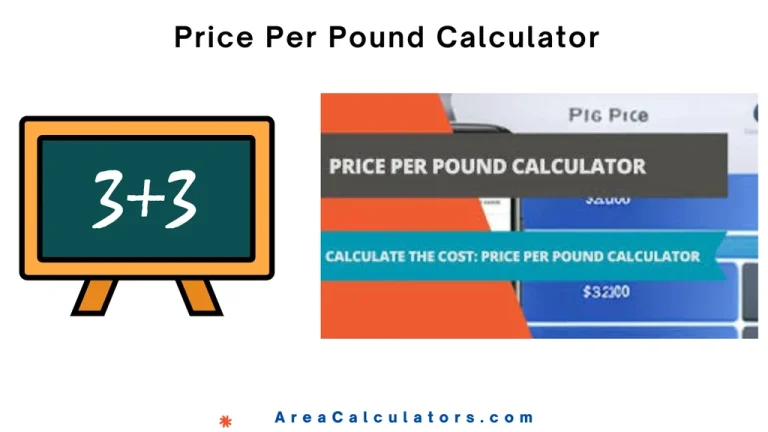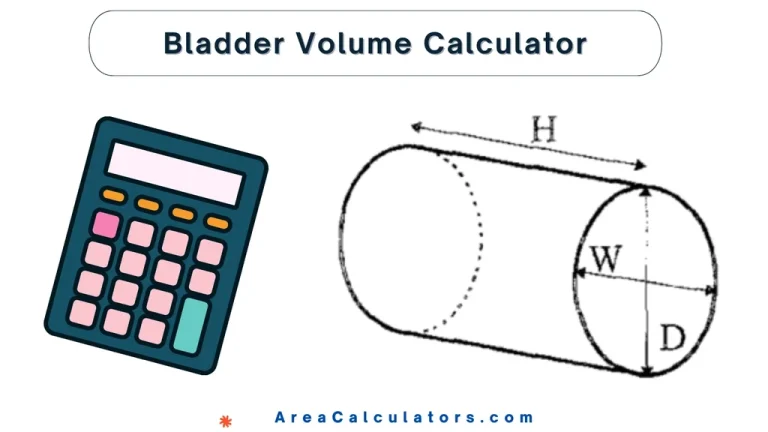35 Days From Today [What is 35 Days From Today?]
To find the date 35 days from today, simply add 35 days to today’s date using a date calculator or manual calculation.
To find the date 35 days from today, simply add 35 days to today’s date using a date calculator or manual calculation.
The 35 Days From Today Calculator empowers you to find the exact date that falls 35 days from the current date. It’s a handy tool for planning short-term events, deadlines, or tracking timeframes.
This calculator also works for variations like 14, 28, or 45 days from today, and can even account for weekends and holidays if needed. For example, you can use this tool to determine deadlines, plan vacations, or set reminders. Additionally, it can calculate 35 days before today, allowing you to trace past dates or events.
Future Date = Today’s Date + Number of Days
| Variable | Description |
|---|---|
| Future Date | The date 35 days from today. |
| Today’s Date | The current date. |
| Number of Days | The specified time period (e.g., 35 days). |
Example 1:
| Input | Value |
|---|---|
| Today’s Date | November 18, 2024 |
| Number of Days | 35 |
| Calculation | November 18, 2024 + 35 days |
| Future Date | December 23, 2024 |
Example 2:
| Input | Value |
|---|---|
| Today’s Date | November 18, 2024 |
| Number of Days | -35 |
| Calculation | November 18, 2024 – 35 days |
| Past Date | October 14, 2024 |
The 35 Days From Today Calculator is a handy tool. You can use it for determining the date and day exactly 35 days from now. It’s useful for planning events, setting reminders, or meeting deadlines. Whether you’re curious about the specific calendar date or need to consider workdays only, this tool simplifies the process.
For example, you can calculate what the date will be 35 days from today, whether it includes weekends or focuses on 35 business days. It also works for determining dates in the past, such as what was 35 days ago, or adjusting for specific needs like excluding weekends and holidays.
You can also explore variations like 45 days from today, 30 days from today, or even shorter spans like 14 days from today. Additionally, it helps answer practical questions such as how many weeks was 35 days ago or what day of the week it will be 35 days from now.
Whether you’re calculating 35 days after today for personal projects or looking back 35 days before today, this tool ensures accurate results tailored to your requirements.
To sum up, the 35 Days From Today Calculator is a versatile and practical tool for managing time-based tasks. Whether planning ahead or reflecting on past dates, it simplifies date calculations and ensures precision.
Mg Per Ml Calculator – Calculate Milligram per Milliliter Dosage

To determine Formal Charge (FC), subtract the number of non-bonding electrons and half the bonding electrons from the atom’s valence electrons. This helps in assessing molecular stability by calculating charge distribution. The Formal Charge Calculator aids in calculating the formal charge of atoms in molecules. It is a vital tool for predicting molecular geometry and…
To calculate the error bound using Simpson’s Rule, evaluate the maximum value of the fourth derivative of the function and apply it to the error formula for precise estimation. The Error Bound Calculator (Simpson’s Rule) helps estimate the error in numerical integration using Simpson’s Rule. It is an essential tool in numerical methods, providing accuracy…

To determine the price per pound, divide the total price by the total weight in pounds. The Price Per Pound Calculator is ideally suited for calculating the cost of items on a per-pound basis. It is useful for budgeting, shopping, and price comparisons. This calculation is commonly applied to food items, metals, and other materials…

First, measure the height, width, and depth of the bladder. Then, apply the formula BV = (π/6) × D1 × D2 × D3 to calculate the bladder volume in cubic centimeters (cc). A Bladder Volume Calculator is used to estimate bladder capacity by multiplying its dimensions. This tool is essential in medical practice for diagnosing…
To determine the load on a rod, input the required parameters into the formula. This calculation considers factors like bore, pressure, and rod size to estimate the rod’s load capacity. The Rod Load Calculator is an invaluable tool for engineers, mechanics, and technicians in industries like construction and manufacturing. It helps calculate the load capacity…